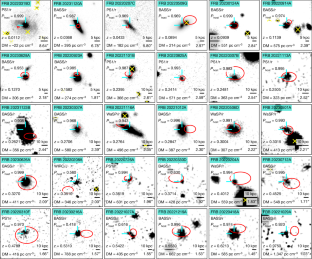2024-11-06 マサチューセッツ大学アマースト校
<関連情報>
- https://www.umass.edu/news/article/team-including-stockbridges-baoshan-xing-develops-method-increase-yield-and-quality
- https://www.pnas.org/doi/10.1073/pnas.2414822121
酸化亜鉛ナノ粒子がフィロスフィアと協力して熱波ストレス下のイネの穀物収量と栄養品質を促進する Zinc oxide nanoparticles cooperate with the phyllosphere to promote grain yield and nutritional quality of rice under heatwave stress
Shuqing Guo, Xiangang Hu Zixuan Wang, +2, and Baoshan Xing
Proceedings of the National Academy of Sciences Published:November 4, 2024
DOI:https://doi.org/10.1073/pnas.2414822121
Significance
Nanotechnology has shown promise in addressing the growing global food demand from the increasing global population. However, full life cycle experiments addressing the agricultural feasibility of nanotechnology in extreme climate events, such as heatwaves (HWs), are lacking. Here, we demonstrate that foliar application of zinc oxide nanoparticles (ZnO NPs) significantly increases the grain yield and nutritional quality of rice during HWs. Multiomics analysis revealed that the ZnO NPs facilitated nutrient uptake and photosynthesis under HW conditions via physiological regulation and restructuring of the phyllosphere microbial community. This study advances the understanding of NP–phyllosphere interactions and validates the agricultural applicability of nanotechnology for mitigating the impacts of extreme climate events.
Abstract
To address rising global food demand, the development of sustainable technologies to increase productivity is urgently needed. This study revealed that foliar application of zinc oxide nanoparticles (ZnO NPs; 30 to 80 nm, 0.67 mg/d per plant, 6 d) to rice leaves under heatwave (HW) stress increased the grain yield and nutritional quality. Compared with the HW control, the HWs+ZnO group presented increases in the grain yield, grain protein content, and amino acid content of 22.1%, 11.8%, and 77.5%, respectively. Nanoscale ZnO aggregated on the leaf surface and interacted with leaf surface molecules. Compared with that at ambient temperature, HW treatment increased the dissolution of ZnO NPs on the leaf surface by 25.9% and facilitated their translocation to mesophyll cells. The Zn in the leaves existed as both ionic Zn and particulate ZnO. Compared with the HW control, foliar application of ZnO NPs under HW conditions increased leaf nutrient levels (Zn, Mn, Cu, Fe, and Mg) by 15.8 to 416.9%, the chlorophyll content by 22.2 to 24.8%, Rubisco enzyme activity by 21.2%, and antioxidant activity by 26.7 to 31.2%. Transcriptomic analyses revealed that ZnO NPs reversed HW-induced transcriptomic dysregulation, thereby enhancing leaf photosynthesis by 74.4%. Additionally, ZnO NPs increased the diversity, stability, and enrichment of beneficial microbial taxa and protected the phyllosphere microbial community from HW damage. This work elucidates how NPs interact with the phyllosphere, highlighting the potential of NPs to promote sustainable agriculture, especially under extreme climate events (e.g., HWs).




